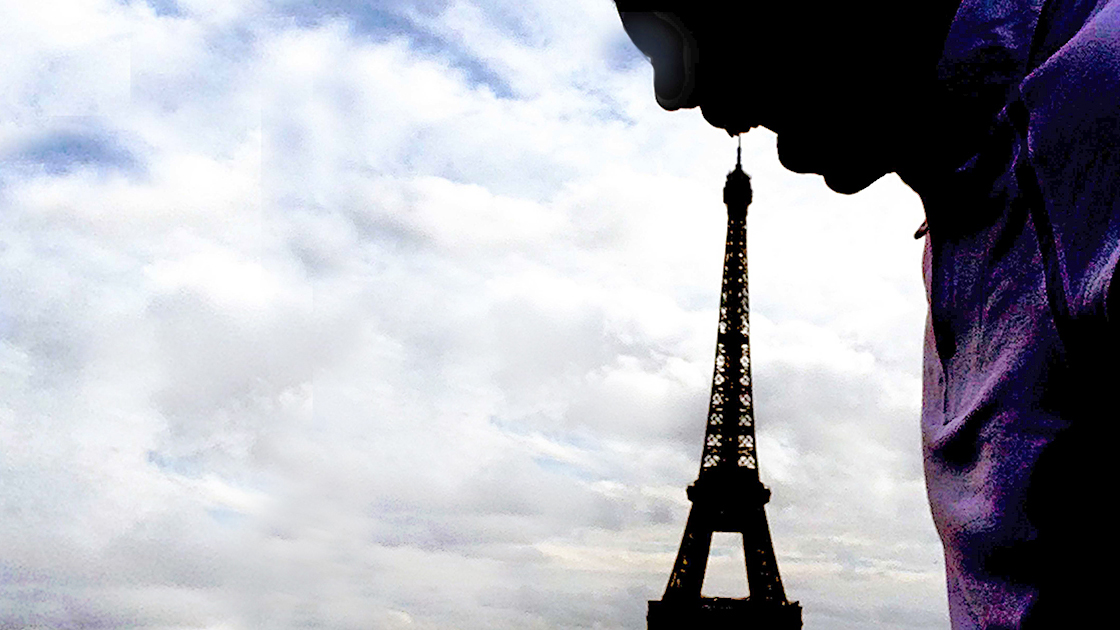“This might be my last show,” said the designer at a 2014 Davao fashion show.
He was mistaken.
Alfonso “Boy” Guino-o was ahead of his time, but aren’t all visionaries? Long before the local weaves crossed the barrier from tribal garments to a fashion rage, this man has elevated the t’nalak to haute couture. As early as the 70’s, he started injecting the fabric to his designs. Back then it was referred to as ethnic fashion, but this man called it tribal couture. What other designers didn’t dwell on, he started embracing with passion. Eventually, he stamped his name on the Mindanao look.
Perhaps “Badu” would be Guino-o’s most notable show. It debuted in New York City in the 90’s. It paid tribute to indigenous royalty. Yards of handcrafted weaves were turned to evening fineries, feathers took the form of majestic headdresses, and carabao horns and coconut shells were carved into glamorous accessories.
In the next decade, in 2004, Alfonso Boy Guino-o was conferred the Datu Bago Award for championing the indigenous craftsmanship of the lumads in Mindanao and incorporating the hand woven fabrics in his designs. The Datu Bago Award is the highest award to be given to a Dabawenyo “who has contributed to the development of the city with exemplary competence and dedication and who best serves as a model of excellence and as inspiration to the residents of Davao.”
The Badu show was reprised countless times in local and international runways. One was restaged in Davao in 2014, when couturier thought it was his last.
 Alfonso Boy Guinoo takes a bow at the 53rd Hijos de Davao show in 2017 at the SMX Convention Center, SM Lanang Premier
Alfonso Boy Guinoo takes a bow at the 53rd Hijos de Davao show in 2017 at the SMX Convention Center, SM Lanang PremierOf the show, I wrote, “When Alfonso Guino-o bangs his gong, the Dabawenyos take heed and come, from several generations no less. This has what this fashion designer has achieved growing up with the city, working hard, honing his talent and keeping his cordial demeanor—the loyalty of a slew of patrons who have become more friends than clients, the love and respect of his peers, and the honorific of Davao’s Fashion Czar having exercised his fashion expertise from the day he opened his atelier in the 1950’s. He is, perhaps, the only designer who has achieved career longevity successfully in the local fashion arena.”
 Inaugurated in 2018, the Mindanao Private Collection Room of Alfonso “Boy” Guino-o at the International Management School
Inaugurated in 2018, the Mindanao Private Collection Room of Alfonso “Boy” Guino-o at the International Management SchoolThe designer has lived through a myriad of fashion trends. But one would make him proudest and happiest—witnessing the handcrafted fabrics of the Mindanao tribes become in vogue. The fashion was labeled as “local” not “ethnic.” It took decades for the scene to catch up with this man’s vision. He must have felt fulfilled.
He is Tito Boy to everyone, but for many others, like Joji Ilagan Bian, he is family. Generations of Ilagan women were dressed by the designer. She laments on her loss.
“Today I lost a father, a. mother, a best friend, a travel and shopping buddy, a personal fashion designer and so much more! Today I lost a part of myself. I know that Tito Boy will always be with me until the day when we will meet again.”
“We laughed, ate, shopped, went on cruises, attended social events, shared secret. Deep in my heart I know that Tito Boy does not want us to grieve and mourn. He wants us to remember him with joy and happiness.”
Take a bow, Alfonso Guino-o. Your fashion legacy and legacy of love will live on.
Also published in the SunStar Davao newspaper.
Follow ofapplesandlemons on Facebook
For travel stories, visit www.jeepneyjinggoy.com





















